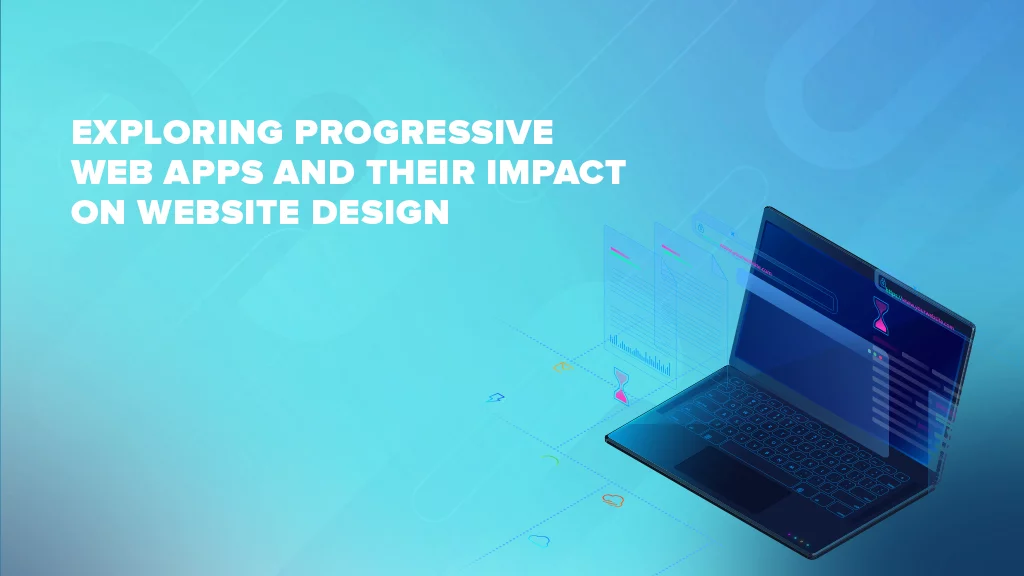Why NASA Redesigned Its Iconic Website Using WordPress?
Let’s go, space enthusiasts! With the announcement of its newly redesigned nasa.gov website, NASA has officially departed from beta and moved to WordPress, replacing its previous CMS, Drupal. It’s been a cosmic journey of 18 months, packed with web development wizardry, data migration, and content creation. The result? A modern, space-age website that perfectly encapsulates the spirit of NASA, an institution that’s been making breakthroughs for over 65 awe-inspiring years. Isn’t it?
NASA embarked on this multi-million dollar project a few years ago when the IDEA Act and Drupal 7’s end-of-life brought a golden opportunity to rethink its web strategy. Leading the charge was none other than, Lone Rock Point, a WordPress.com VIP Gold Agency Partner. They embarked on a year-long odyssey of UX design and painstakingly evaluated various enterprise CMS options. The grand prize: a CMS capable of supporting 456 CMS users, transitioning 68,698 pages, and crafting 3,023 brand-new landing pages. As part of this epic mission, NASA’s web infrastructure journeyed from the cosmos of Amazon Web Services to the welcoming arms of WordPress.com VIP.
J.J. Toothman, President of Lone Rock Point, provided some behind-the-scenes insights. “During the project’s early phases, content authors voiced their desire for a CMS that liberated them from the shackles of rigid templates. Gutenberg’s block-based authoring approach has fulfilled that dream, as user testing confirmed. Now, with the live site, the diversity of landing pages created through Gutenberg validates our decision.”
A wide range of CMS options have been explored by NASA, including proprietary and open-source options. Four finalists were selected from over one hundred contenders – two commercial and two open source (WordPress and Drupal). During NASA’s CMS selection process, each of these four contenders was prototyped and evaluated by users.
Here’s what makes WordPress shine like a star in the night sky, according to Toothman:
Access to Resources: WordPress boasts a vibrant, expansive community that continually expands and enhances the platform. This collective wisdom and training make it a reliable choice for organizations like NASA. In contrast, commercial CMS solutions often require returning to the original vendor for support, which restricts flexibility.
Robust Plugin Ecosystem: WordPress delivers real-time content analysis within the admin environment, especially in SEO and accessibility. Authors can review content before publishing, a critical feature for NASA.
User-Friendly Content Authoring: WordPress provides an intuitive content authoring environment, making it easier for authors to unleash their creative potential.
“It’s a victory for open source,” Toothman declared. “Many of the CMS capabilities we needed were already available thanks to the WordPress community’s collective efforts.”
To illustrate, NASA’s WordPress site seamlessly integrates with the agency’s image library at images.nasa.gov, allowing content authors to easily incorporate images into their content.
NASA Takes a Giant Leap with WordPress’s Block Editor
The block editor’s adaptability for crafting landing pages without the constraints of rigid templates proved pivotal in NASA’s choice of WordPress. Lone Rock Point developed 55 custom editor blocks to empower NASA’s authors to share their groundbreaking discoveries and stories.
According to Toothman, “With over 400 content authors/editors on NASA’s WordPress CMS, we encountered a wide range of familiarity with WordPress and Gutenberg. The learning curve was substantial, and change management was a central aspect of the project. Some embraced the block editor quickly, while others required more support. It wasn’t just about learning a new CMS – it was about unlocking storytelling possibilities within the new design system and block editor.”
To support the authors’ transition, the team introduced hands-on training sessions and created an online knowledge base. They also fostered a collaborative environment, encouraging discussions and inspiring creativity through weekly blogs and newsletters featuring in-progress pages.
“Seeing their peers’ work and the innovative use of custom blocks inspired users to explore new possibilities and ask questions. Our content team held weekly office hours for managing editors to answer queries, demonstrate live processes, and gather feedback to create more user resources,” Toothman explained.
Surprisingly, authors discovered inventive ways to repurpose Gutenberg editor blocks for various design layouts, breaking free from their original intentions.
NASA Shares the WordPress Love
NASA plans to give back to the WordPress community by open-sourcing some of its custom blocks and project components. This project serves as a high-profile testament to NASA’s confidence in the block editor and WordPress’s adaptability for enterprise-level projects with complex publishing needs.
J.J. Toothman concludes with a powerful message: “For years, many of us in the WordPress community have been dispelling two misconceptions: (a) WordPress isn’t fit for enterprise; it’s just a blogging platform, and (b) WordPress isn’t a secure CMS. While NASA’s decision won’t completely erase these misconceptions, it’s further evidence that WordPress is indeed enterprise-class and can meet stringent security standards.”
NASA’s rendezvous with WordPress is an exciting new chapter in its storied history. The redesigned website is a testament to the power of open source and the limitless possibilities it offers to institutions of all sizes. With WordPress as its launchpad, NASA is ready to reach new heights in the digital frontier.
At Element8, we specialize in revamping WordPress websites for renowned banking platforms and e-commerce websites, such as Garmin and Connectus.










